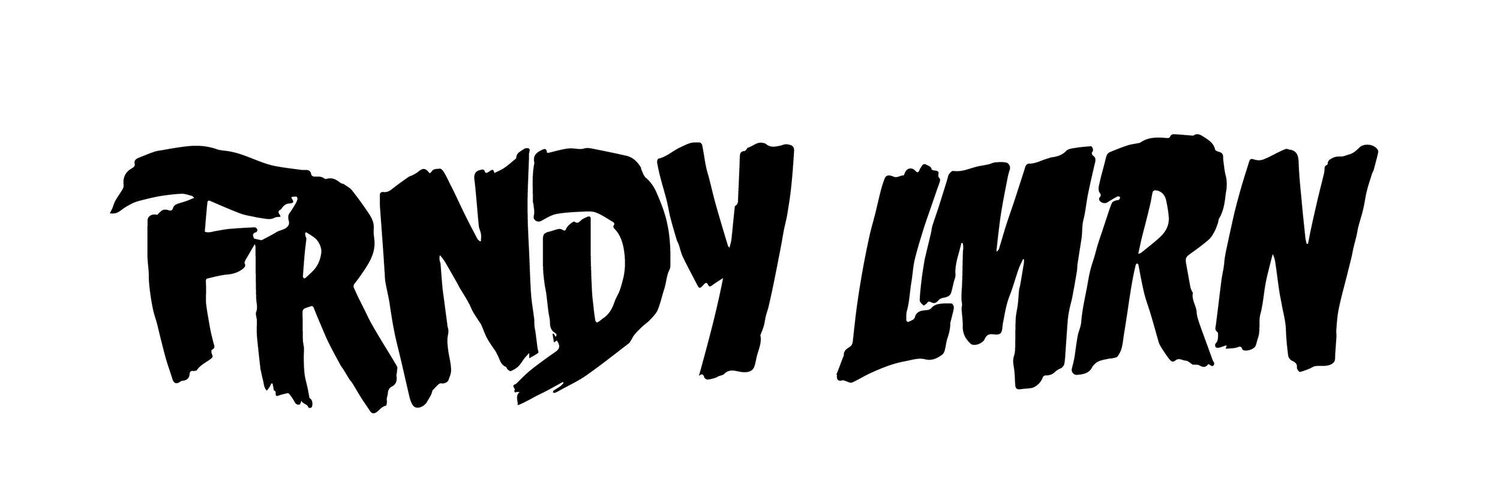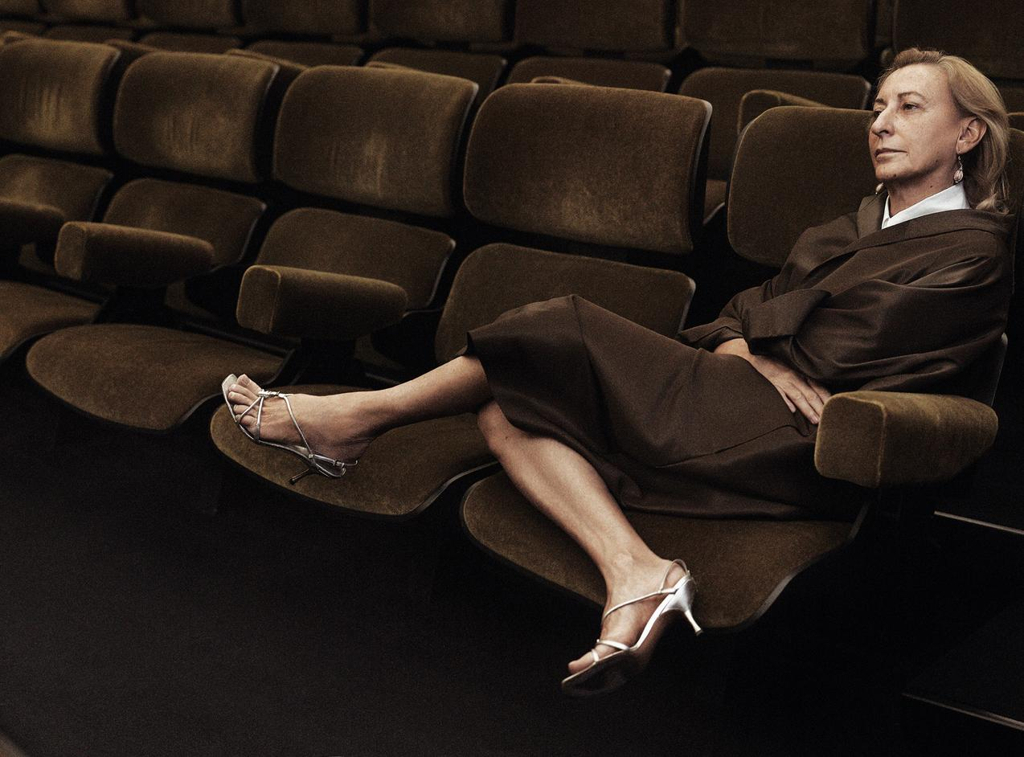Prada's Eternal Conflict
There’s a tension absolutely critical to the work of Miuccia Prada. Though her name has become synonymous with the pinnacle of intellectual luxury, the business empire she’s built along with her husband, Patrizio Bertelli, is far from where she started. Her latest show in Milan revealed that no matter how drastically the sets change, Prada’s (the woman) work is singular and decades into her career.
Founded in 1913 as a small Milanese leather goods store, the Prada we know set a new course when Miuccia, the founder’s granddaughter, took the helm of the family company in 1978. She earned a PhD in political science, was an ardent member of Italy’s Communist and women’s rights movements, and even performed as a mime for a few years in her youth. I can’t help but imagine what someone so deeply radical must have felt assuming the head role in a business so heavily associated with stereotypical ideas of femininity and wealth.
Miuccia seems both utterly in charge and reactive to this day. Her desire to challenge our perception of ugliness and good taste has never ceased. She once based a collection (Fall/Winter 2008) entirely on lace because, as a raised Catholic, it remained linked to the kind of prissy Communion veils she despised. It is her exploration of the things she deeply dislikes that creates so many rich layers in her work.
For Fall 2017, Prada sent out a lineup of heavily pilled cardigan sweaters that were straight out of a dusty trunk in your grandma’s attic, 70s-inspired trouser suits in her signature earth tones and dresses that exploded in layers of wool or feathers near the hem. It looked completely wrong in exactly the right way, a way that can never quite be pinned down.
Though it would help enormously if the women on her runways weren’t nearly always so lily white, this was a complete portrait of a particular kind of woman and a particular kind of journey. It was messy and it was loud and it was too much, too plain, too revealing and too layered, too eccentric and too serious. It was a woman dressing for herself. That’s the genius.
Written by Martin Lerma







